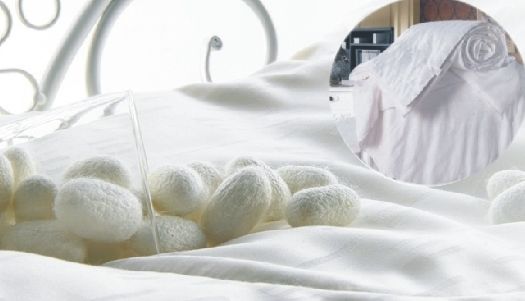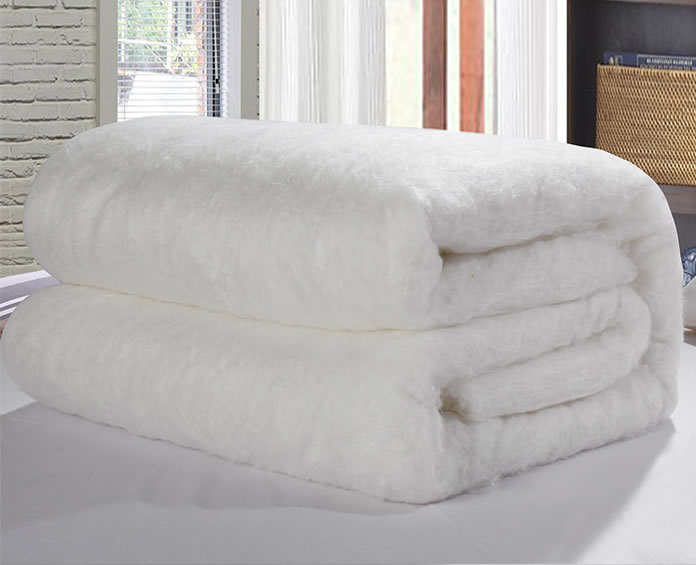BLOG
The prospect of the Chinese mulberry and silk industry.
China is a major producer of silk.
China is the birthplace of silk and the earliest country engaged in mulberry planting, silkworm breeding, silk reeling, and silk weaving. China is also the world’s largest producer and exporter of cocoons and silk. The output of cocoons, raw silk, and silk ranks first in the world, and the production of printing and dyeing silk and clothing also ranks first in the world. About 80% of China’s silk products are exported. The export volume of raw silk and silk satin accounts for 90% and 70% of the world trade volume, respectively.

The main markets for China’s silk exports are the United States, the European Union, Japan, India, South Korea, and other countries and regions. The demand for Chinese silk products in these markets has increased steadily, especially in India. Countries and regions such as South America, the Middle East, and South Africa have become new consumption areas of silk products in recent years. The consumption range of silk products is expanding continuously. According to the analysis and prediction of world consumption by the International Silk Association, silk consumption will increase by about 5% per year in the next few years.
Chinese silk is welcomed by people all over the world.
From the perspective of the Chinese market, China’s silk consumption accounts for only 4.6% of the world’s total silk consumption, and the per capita consumption is only 2.8% of that of the United States, 3.8% of that of Japan, and 14% of that of India. The per capita silk consumption level in China is relatively low. With the improvement of Chinese people’s living standards and the development of the domestic market, the consumption of traditional silk products continues to recover and increase, non-traditional consumption hotspots gradually emerge, and new consumer groups are gradually forming.

Facing the broad domestic market and influential consumer groups, the development prospect of the cocoon and silk industry is overall. As the main base of cocoon and silk production globally, China is moving towards the great goal of “Silk power.” With the progress of science and technology, the reduction of the cost of silk products and the improvement of people’s living standards, as well as the promotion of people’s consumption concept of pursuing “health, ecology, and environmental protection,” while traditional consumer goods such as silk duvet, satin, and clothing continue to maintain steady growth, non-traditional products such as knitted silk products and home textile silk products will have greater growth. The above factors indicate that the development of China’s cocoon and silk industry has broad prospects.
